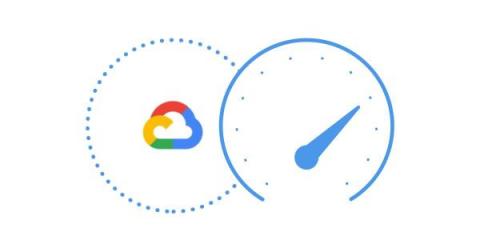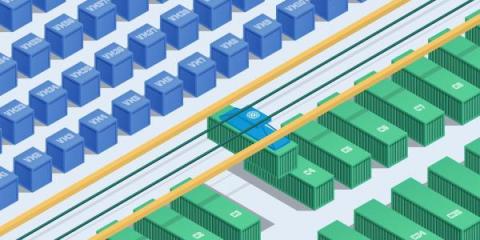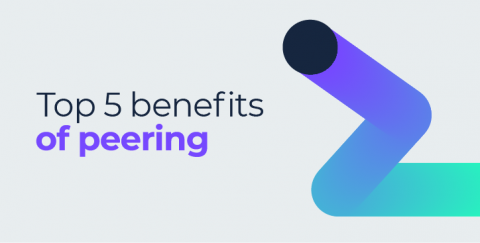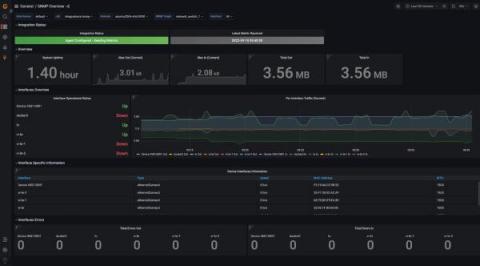What Is a Firewall?
A firewall is a cybersecurity tool used to prevent unauthorized access to your private device or network. It could refer to any software or hardware that checks the data and traffic coming in and going out of a network to ensure they comply with cybersecurity rules. Firewalls can also include what is known as an intrusion detection system (IDS), which additionally blocks malicious traffic while allowing legitimate and authorized traffic access to a network.











